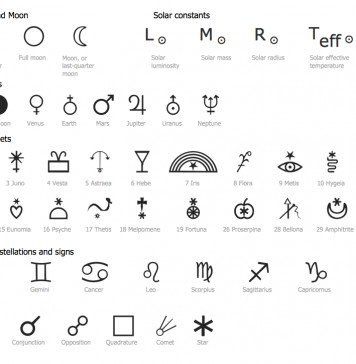Hypnosis and hypnotism are frequent sources of controversy for many people. Few understand how it really works and popular culture has not helped to improve our understanding. We see in the movies this idea that after counting down or watching a pendulum swing we’ll be put into a deep sleep where thoughts and actions can be put into our minds, then the hypnotist will control us and with a snap of his fingers as the audience applauds we will come to totally unaware of what we were doing. This could not be further from the truth. Being hypnotized doesn’t remove your control or consciousness. Hypnotism simply allows the hypnotist to place suggestions into your subconscious mind that may modify your behaviors if you allow it to. This is why many people look into hypnosis when they want to lose weight or stop smoking – hypnosis will put a gentle reminder into your brain, a voice that says, “Hey, let’s not eat that piece of cake, but have an apple instead.”. It will not stop you from eating the cake if you decide you want to.
How does Hypnosis work?

However, because hypnotism works with the subconscious mind, in some forms of hypnotherapy the hypnotist must take extra care not to affect the memories of the patient they are working with. Some forms of psychotherapy involve hypnotherapy to help a patient reach into their past and free a traumatic memory, but as the therapist is doing this they must take care not to accidentally put their own impressions or interpretations into the mind of the patient. Because the mind is so susceptible to suggestion while hypnotized, it is possible to create false memories and this could very easily lead to life-changing and even destructive outcomes for both the patient and other people in their life. Hypnosis is a small part of an overall better way of new age living.
Types of Hyponosis and Hypnotherapy
There are different types of hypnosis and hypnotherapy. Some are simple, such as fixed gaze induction. This is the method most often seen in the movies but it has fallen out of practice with most people because it simply doesn’t work on the majority of us… even if it is flashy and dramatic. Rapid hypnotism is also very dramatic and tends to be used by performers because it is impressive. Psychiatrists and other mental health professionals tend to prefer different forms of relaxation and imagery hypnosis in which they encourage the patient to relax, picture a soothing image and drift off into the image allowing their subconscious to become free.
Hypnosis and hypnotherapy can be very useful tools in helping us overcome addictions and recover from traumatic experiences. They can even be used to help supplement forms of therapy like cognitive behavioral therapy by helping to encourage the subconscious into new ways of thinking that are less destructive.












